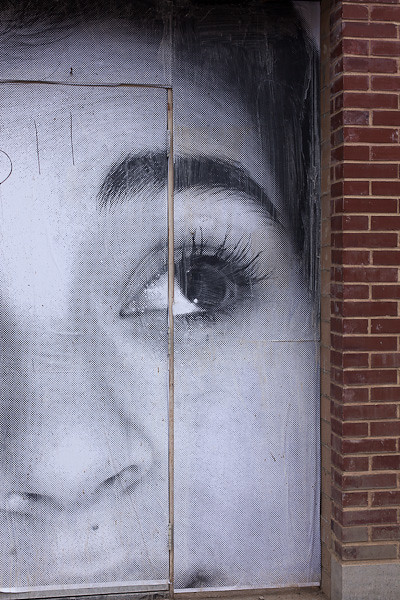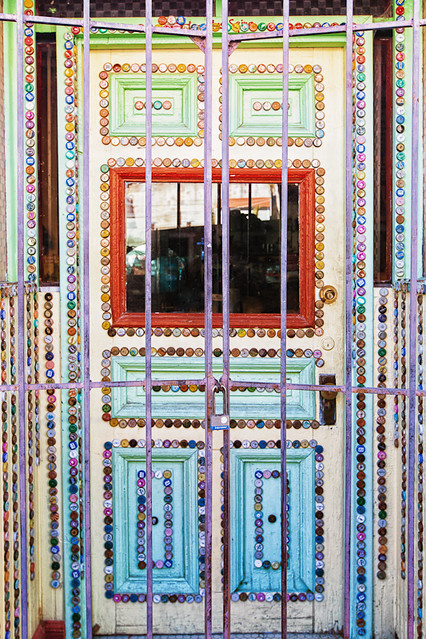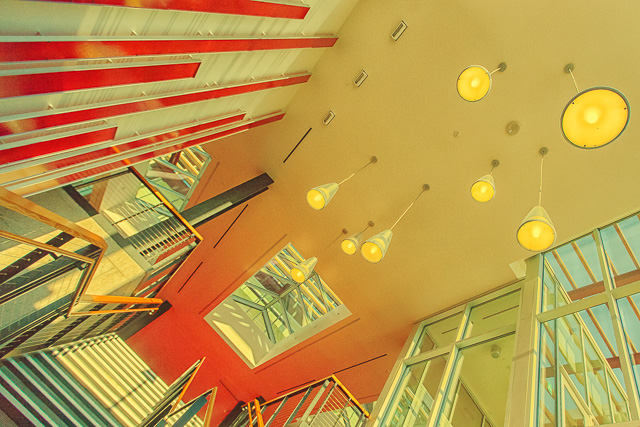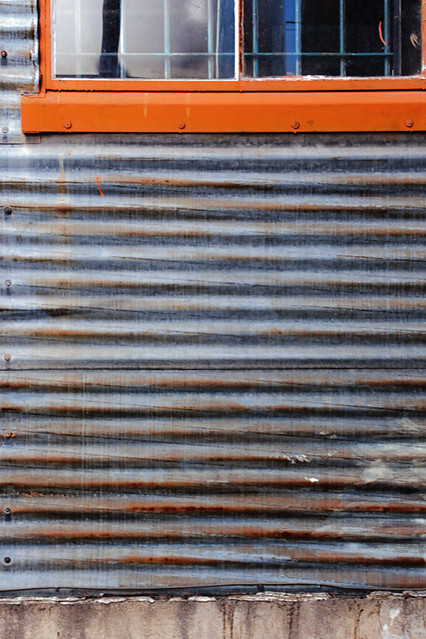“Reach high, for stars lie hidden in your soul. Dream deep, for every dream precedes the goal.” ~ Pamela Vaull Starr
I love the barrier in the photograph. At first glance it’s all about bricks and hidden doors and windows.
There’s a street address scrawled on a mural. Hinges and the door’s outline give little hint at what might be beyond the threshold. And yet, a photographic print of a woman’s face covers the windows and door. Her eyes are lifted upwards and outwards.
A solid barrier. Yet, the distance from behind the barrier and into the beyond is never further than a gaze upwards and outwards.
The barrier might be limiting thoughts. If I gaze beyond those thoughts, I can see dreams unfold into plans that achieve goals. Step by step, baby steps. Many tiny steps forward and suddenly I’ve walked a mile.
I’ve reached what once I believed was an impossible goal.
“Ideals are like stars: you will not succeed in touching them with your hands, but like the seafaring man on the desert of waters, you choose them as your guides, and following them you reach your destiny.” ~ Carl Schurz
The sky is always visible. The Universe, expanding beyond us in distances of time and space our human minds can barely grasp, is beyond our naked-eye capabilities, but it is there. We know it exists.
When I get bogged down in present day happenings and turn my focus squarely, perhaps even unkindly, on myself, this photograph reminds me to move beyond — beyond what my mind can easily grasp, beyond what I can see clearly.
Listen to the messages from my heart and spirit. Be kind. Choose my guides. Move beyond my comfort zone.
“The lesson which life repeats and constantly enforces is ‘look under foot.’ You are always nearer the divine and the true sources of your power than you think. The lure of the distant and the difficult is deceptive. The great opportunity is where you are. Do not despise your own place and hour. Every place is under the stars, every place is the center of the world.” ~ John Burroughs
Once I gaze at the stars and moon, or the sunlit sky, even the cloudy gray skies, once I have connected with the divine, then I return to my space and my time.
I ground myself in this moment, the place where I stand, the place that grounds me in the here and now.
I find the strength and the courage to set my goals for the day or the month or for a life time. I move forward.
Possibility exists. I hold on to hope.
The sky is visible to all. And as the Burroughs’ quote reminds us, we each have a place under the stars. We each have a place in the world.
Opportunity is under our feet, even as we look to the sky and grasp for the stars.
~~~~~~~~~~~~~~
This post is the tenth in a series of eleven posts I first published in January 2103 — the intimate exploration of PTSD, art and healing.











